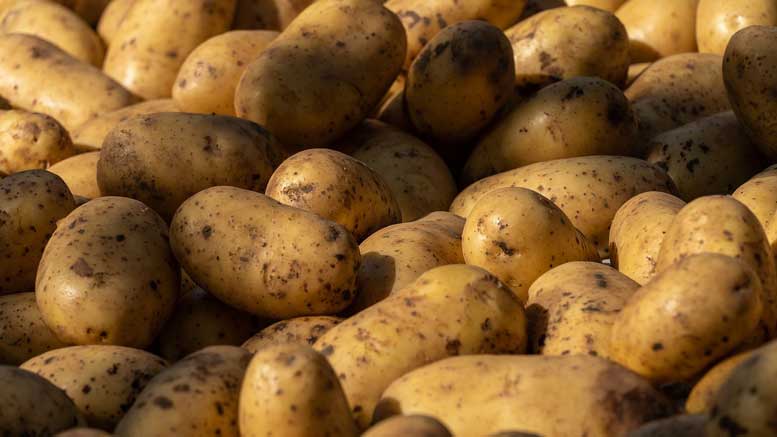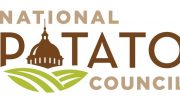|
Click to listen to this article
|
By Beth Johnson, CEO and Founder, Food Directions
As someone with a master’s degree in nutrition and 25 years in food policy, I’ve participated in the Dietary Guidelines for Americans (DGA) process since it began and now work with the potato industry as a food policy advisor. Over those two and a half decades, the process by which the national nutrition recommendations are developed has evolved – and rightfully so. Every year, we gain more knowledge into how diet impacts overall health, which is why the DGAs are updated. However, what is of particular interest to some of us long-time participants is how this committee will thread the needle of addressing more subjective issues such as cultural preferences with scientifically based research on nutrients needs and healthy eating patterns.
The DGAs have long served as the cornerstone of federal nutrition recommendations, mandated by Congress “based on the preponderance of the scientific and medical knowledge which is current at the time the report is prepared.” However, the current process is seemingly injecting more ambiguous metrics into the decision making. For example, because some cultures may prefer rice with their dinner meal and other groups prefer potatoes, there is a question as to whether those should be interchangeable.
Specific to potatoes, this move toward more subjective goals raises many questions. The government’s panel of experts, the Dietary Guidelines Advisory Committee (DGAC), is proposing a new approach by introducing a grouping of foods known as the Staple Carbohydrate Group, which encompasses only certain carbohydrates. The stated purpose for combining this limited group of carbohydrates (grains, starchy red and orange vegetables, starchy vegetables, and beans/peas/lentils) is because these foods are “important to many cultural food ways.”
While laudable in its goal to address cultural sensitivities, the origin of the definition of Staple Carbohydrate is unclear. According to the Staple Carbohydrate protocol, staple carbohydrate foods are foods eaten often, usually daily, or multiple times a day, that supply a large proportion of energy and nutrients in a dietary pattern.
However, the metrics around this classification rapidly lack specificity from a scientific perspective. This is clear given three facts: 1) The Staple Carbohydrate group contains some but not all carbohydrates that could be considered critical (“staple”) to good health; 2) Dairy products could be classified as “foods eaten often that supply a large portion of energy and nutrients in a dietary pattern,” but are not considered a staple carbohydrate; and 3) The foods included do not provide the same nutrients. (All are sources of carbohydrates and can be sources of fiber, but grains are sources of B vitamins, while starchy and other vegetables provide vitamin C and potassium, and beans, peas and lentils provide more protein, iron and magnesium, among others.)
The potential reclassification or interchangeability of foods like potatoes under this new category that departs from empirical definitions has sparked confusion. While USDA spokesperson Joellen Leavelle maintains through communications with the press that there is no intention to reclassify potatoes, the grouping of grains and starchy vegetables under the umbrella of “staple carbohydrates” suggests otherwise.
It is imperative that we seek clarity in the Dietary Guidelines, ensuring that scientific principles, built on a foundation of empirical metrics, guide the classification of foods. Potatoes are, scientifically speaking, vegetables. Grains are grains. The two categories are neither the same nor interchangeable.
Let us ensure that the Dietary Guidelines accurately reflect the preponderance of scientific evidence, empowering dietitians to merge this knowledge with their expertise to guide individuals and cultural groups toward healthy dietary patterns.





